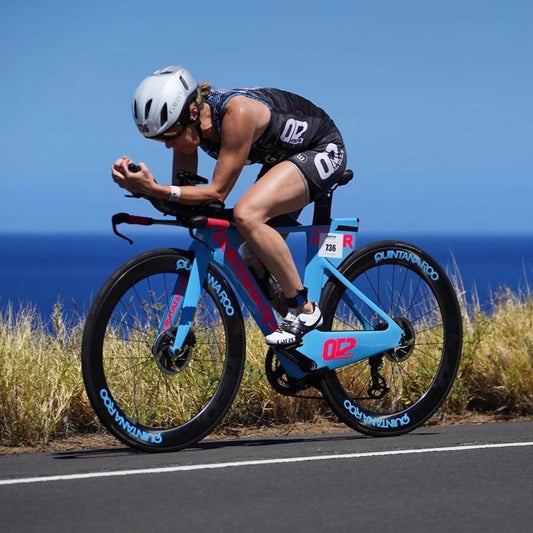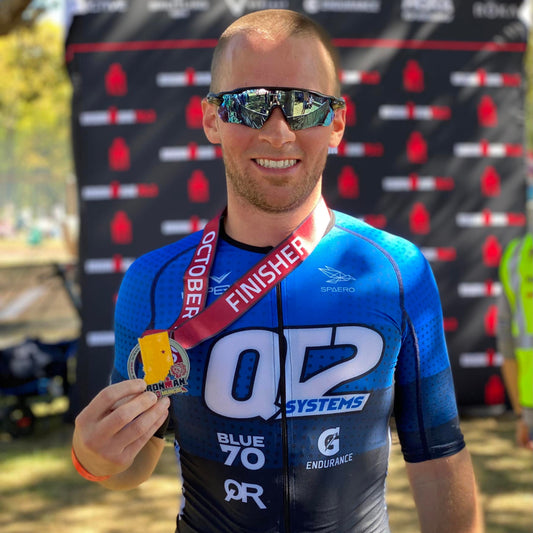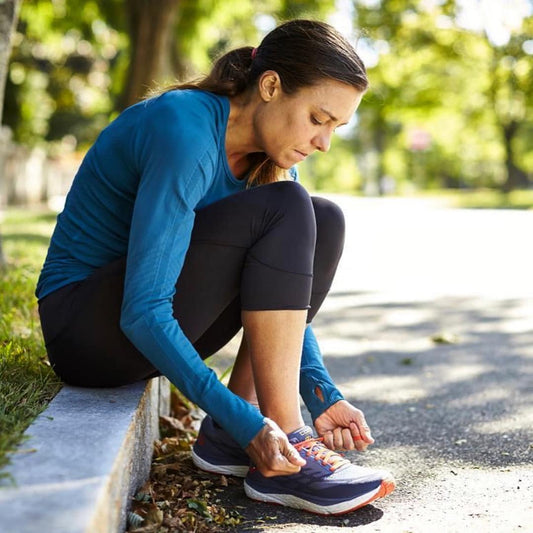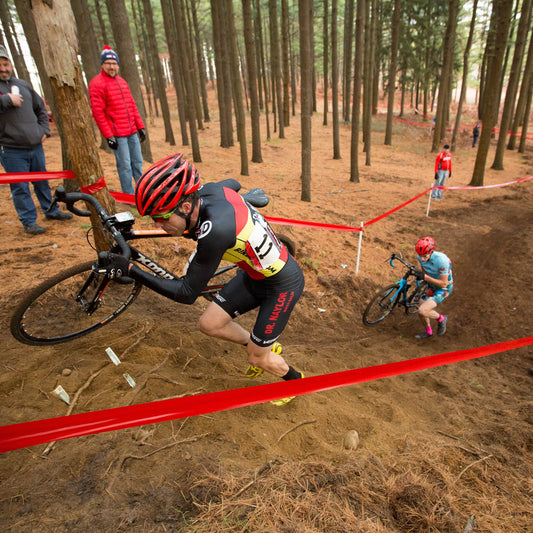A feel for the water is an attribute any swimmer is after. Even the high-end swimmer, is constantly searching for better feel. The difference between the advanced and novice swimmer, is in the race, the advanced swimmers knows how to turn on feel when it may seem to slip away. I’d like to cover three easy drills that can be done for any level swimmer that is in search of better feel for the water.
1. Closed Fist Drill - Freestyle with a closed fist is one of the best drills that can easily be incorporated in the moment with no need for a swim toy. This drill is simple and effective. You literally swim freestyle with each hand in a closed fist. This will immediately decrease the surface area of the hand when it goes to catch water. What this causes is an almost unconscious reaction to catch deeper and the stroke magically speeds up since it isn’t slowed down by the larger than fist hand. During athletic activities we all start off consciously incompetent. Through becoming comfortable with the uncomfortable we move towards becoming consciously competent. Swimming with a fist immediately feels uncomfortable. What it does give us is immediate feedback on what we need to adjust in the stroke and bodyline to become more efficient. This drill gives feedback right after the first few strokes. You quickly have a higher elbow, deeper catch and faster stroke. All characteristics of proper stroke mechanics. No need for a coach on deck, swim toy or video analysis. Just a quick formation of a fist and you will fix some of your bad habits. The mistake a lot make, is to swim normally after a drill. This helps to quickly carry over the “fix” the drill has made into the normal swim stroke. So when you decide to do some fist swimming, just cover one lap, 25 yds. Then immediately swim a 25 normal. Warm-ups are when we usually feel if we are off or not. So during a warm-up, take a few laps to swim with a fist to get a better feel for the water and speed up the stroke. There is no rule that states drills should be done at one speed. Drills can be more effective when we perform them at different effort levels. Always feel free to speed up those 25’s! Most are always searching for ways to swim faster, and sometimes the easiest fix is just to swim faster!!!
2. Sculling - Sculling is a way to quickly develop feel for the water. Again, just a few executions during a warm-up is all you need to quickly gain benefits from this drill. Sculling forces you to use your hands and forearm at the proper angle to develop lift and propulsion. This is done with a hand slightly open to increase surface area. This will give you a better sense of the pressure water is exerting on your hand and forearm. There are many different positions for sculling, and I highly suggest watching tutorials on the web to give you the proper visual. The most basic position is the catch scull. You will lie face down in the water, arms out in front of you. Then bend the elbows to make the fingertips point down to the pool floor. Now scull! Move the hands and forearms in S patterns or figure 8’s quickly. Right away you will feel your interaction with water pressure and learn how to scull it to move forward more effectively. If you are moving forward, you are doing it right! This is strictly an arm workout, so use devices to aid body position and limit kicking. A pull buoy, or fins work great. Using a freestyle snorkel is highly recommended as well. That way the body and brain can focus on sculling, and nothing else. You are easily balanced in the water, and no stress in place to have to catch a breath. You can just focus on improving your ability to feel water to propel yourself forward.
3. Sailboat Drill - This final drill you can use to help improve your feel for the water is the sailboat drill. It is named such, because you will end up making a sail shape (triangle) with the recovery arm just before entry. The drill starts by pausing the recovery arm just before entry. You basically stop the hand from entering inches from the surface. You want to stop with a high, bent elbow with fingertips pointing forward towards the water. Once the pause occurs, you will feel a sudden stop in momentum, so be prepared to tighten the bodyline by tensing the abs and hips and kicking 6 times. Then you drive the arm forward to start the pull with the other arm, which is out in front of you, ready to catch. Drive that pull arm with a forceful hip rotation based on an active core. This aids in the whole body engaging in a catch, giving you better rhythm and a quicker pull, which speeds up stroke rate. The toughest part of this drill is that pause. Only with a forceful kick can you work through that section of the drill to perform it properly. If your kick is weak, use fins.
After long tiring sessions on the bike and run, our body can feel very dull and unresponsive in the water. These 3 drills, incorporated into a warm up when you feel flat in the water, and have no feel can quickly turn what was going to be a blah swim session into a dynamite one. Far to often I see triathletes complacent with a poor feeling during a warm up and do nothing to turn the tables in their favor. Just a couple of 25’s with a closed fist, a lap or two of sculling, and a 100 of the sailboat drill is all you need. Triathletes don’t always have the luxury of a poolside coach. Instead they must feel empowered to come off script and drill to get a great workout in solo. Feeling flat in the water is not acceptable when it can be fixed.
This post was written by QT2 Level 3 Coach, Vinny Johnson.





